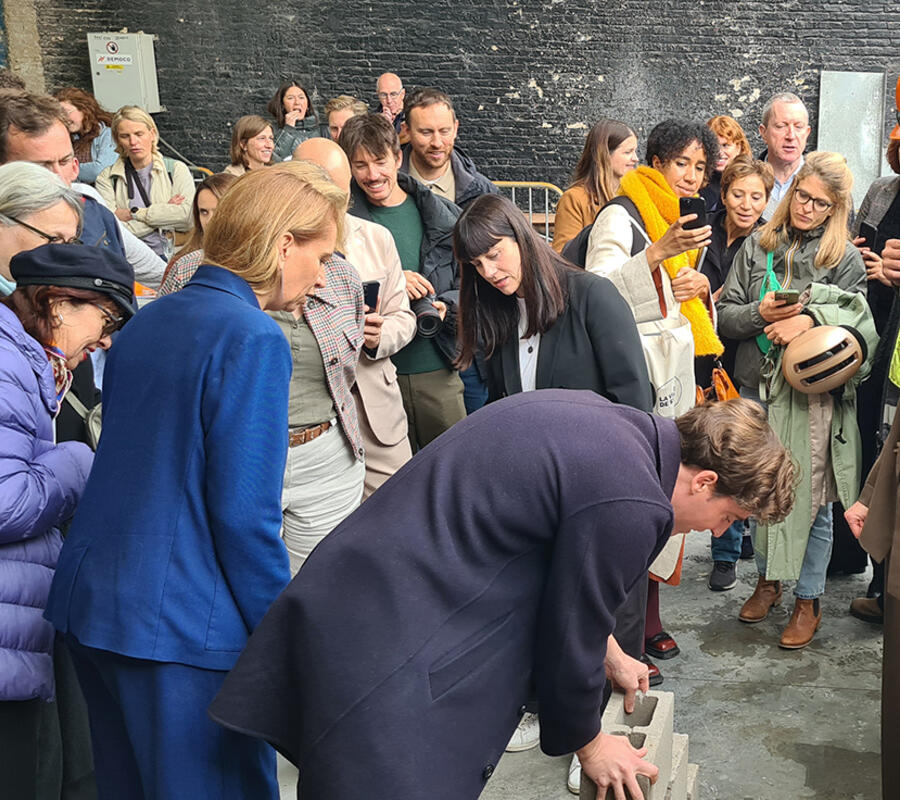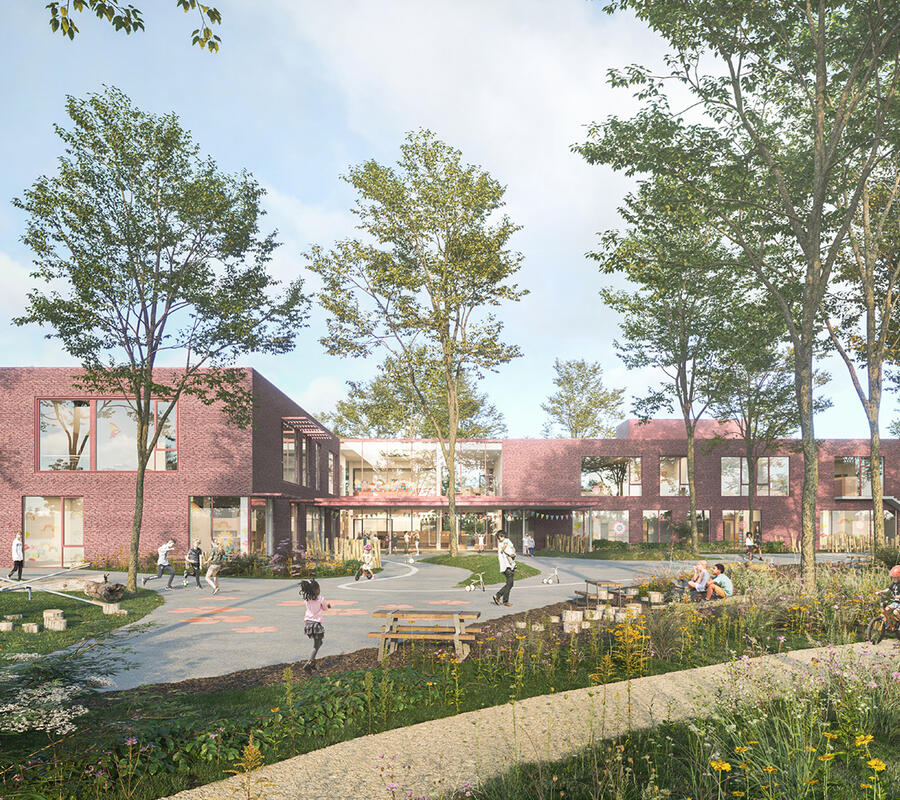At Democo, we are serious about reducing our carbon footprint. We believe this is not only our social responsibility; it is consistent with our philosophy of being a company that sets an example for the sector. Indeed, our goal is to reduce our CO2 emissions by 16% compared to 2019. We have set 2025 as our target. Let’s take a look at how we are doing.
Our biggest consumers in terms of emissions (scope 1 and 2) are diesel cars, heating oil generators and general electricity use. We aim to drastically reduce our carbon emissions by introducing well-chosen energy-saving measures, electrifying our sites, generating our own green electricity and implementing a mobility plan.
How are we doing? Well, in 2022, four sites were monitored in real-time using the Bright measurement system. It provided us with a lot of clarity and insight about standby consumption. We noticed that some sites consume as much on weekends as during the week. And at night, we measured consumption of about 70% of daytime electricity consumption. Our solution? To install strategic timers to reduce standby consumption. A smart intervention that will hopefully result in considerable electricity savings.
As monitoring is a useful tool to gain knowledge that can be used to formulate specific solutions, we are going to monitor energy consumption at three additional sites.
We are also continuing our efforts in electrification. Last year, we installed site batteries at three sites to replace power groups. That’s another way we can reduce our carbon emissions.
One of the key elements of our strategy to reduce our carbon emissions is to generate our own green electricity. And we are making progress on that front too. The solar panels for our headquarters in Hasselt have been ordered and will be installed in early March. And the mobility plan is taking shape. The first charging points have already been installed to support the electrification of our company vehicles.
By combining these measures, we are committed to reducing our carbon emissions and contributing to a healthier living environment for all.
If you would like to read the CO² progress report, it can be consulted here.



